Apple is making it easier for iPhone owners to add their own custom ringtones, but the change in iOS 26 is only a slight improvement versus iOS 18.
Adding ringtones to the iPhone is almost always an investment in time or money. Apple really wants its users to buy new tones via the Tone Store, charging for brief snatches of music from popular musical artists.
The alternative is to spend time and effort creating your own custom ringtones. We have written guides about it before, with it requiring the user to make an audio file that lasts up to 30 seconds in Garageband, exporting as a ringtone, then adding it to their iPhone's ringtone list.
This is a lot of effort for the average user to undertake. However, in iOS 26, it seems that Apple's taken a step to make it a little bit easier.
A very small step.
Simple-ish
The first developer beta includes a reasonably simple way to add a custom ringtone. The key is to select the file in an app and use the Share option.
Within the list should be an entry for "Use as Ringtone." If it's not immediately visible, it may also appear under the More button as an extra option.
Once selected, the ringtone will appear under the main ringtone list under Settings. It appears at the top, just like other custom ringtones.
While it is theoretically possible for the option to appear in the Share sheet whenever it is being used with a compatible audio file, it seems to be a little bit hit and miss.
For testing purposes, ����Vlog's created a custom sub-30-second MP3 file on a Mac using Audacity, AirDropping it to the iPhone, then using the Share option within Files. That worked, however using the same file in other locations, such as an attachment in Notes for example, didn't work.
This Sharing option also doesn't automatically turn Apple Music tracks into ringtones, either. You'll have to find a way to make custom files, or pay Apple for the official tones.
Could be worse
Though the discovery is a relatively small improvement for Apple when it comes to using custom ringtones, it's still a bit of a step forward for the company.
For a start, you no longer have to use GarageBand to export a ringtone, since other audio files will work fine. You can use other audio tools to make the MP3 file, or even find a file online if you want, and it should still work.
More importantly, it's an option within the Share sheet, which should mean it could be accessed throughout the iOS environment, so long as you are using an acceptable file.
It may not be as easy as buying a ringtone from Apple directly, but it's a tiny bit better than what users had before.
 Malcolm Owen
Malcolm Owen


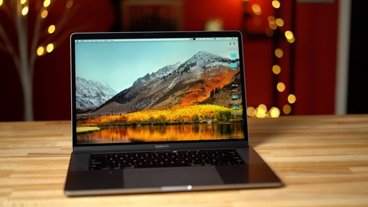
-m.jpg)
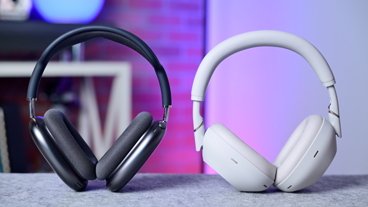
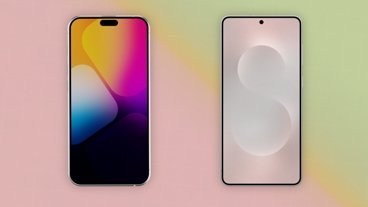
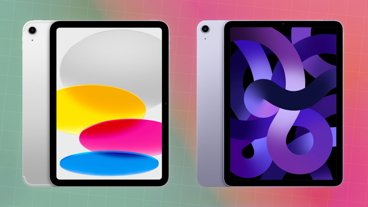
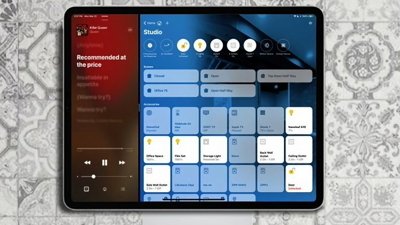
 Charles Martin
Charles Martin
 Stephen Silver
Stephen Silver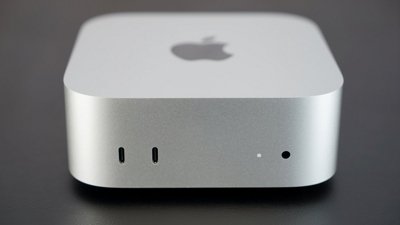
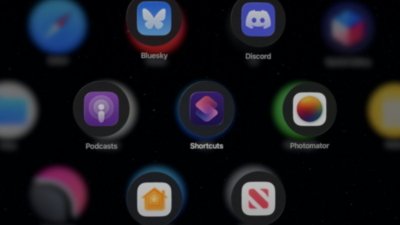
 Wesley Hilliard
Wesley Hilliard
 Andrew Orr
Andrew Orr
 Christine McKee
Christine McKee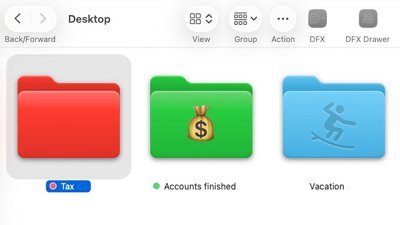
 William Gallagher
William Gallagher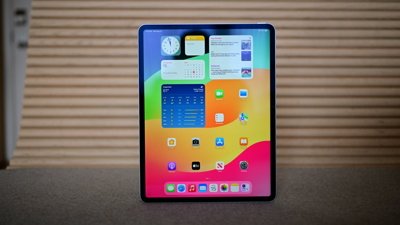

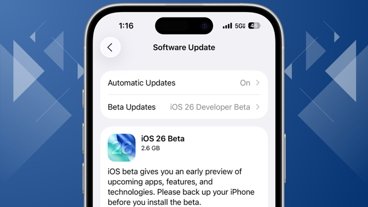
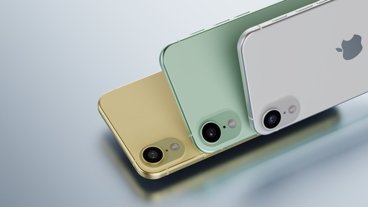
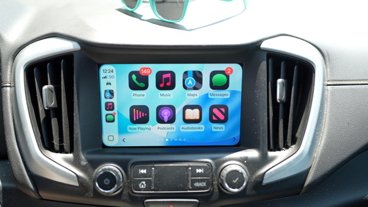

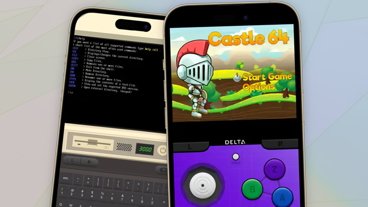
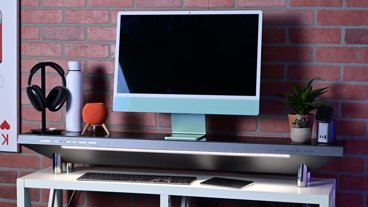



5 Comments
This is where Apple intelligence should have been used, a smart ringtone generator. Imagine you give the feel of what you are looking for, like genre and mood, and it generates something you start with and then tweak it inside its own app. You could even hum a few bars and hopefully not break the glass screen and it could take that and make something beautiful out of it.